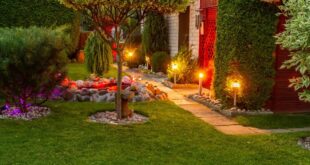Looking to tackle your next DIY project but not sure where to start? Here’s an idea: Reinvigorate your landscape design with landscaping timbers.
Suitable for a variety of home improvement tasks, including edging, fencing, retaining walls, and raised garden beds, landscape timbers are a low-maintenance, low-cost way to improve your home’s curb appeal.
To help you choose your next property upgrade, we’ve rounded up a list of 9 ways to use landscape timbers in your yard. Let’s take a look.
9 ways to use landscaping timbers in your yard
1. Give garden beds an edge
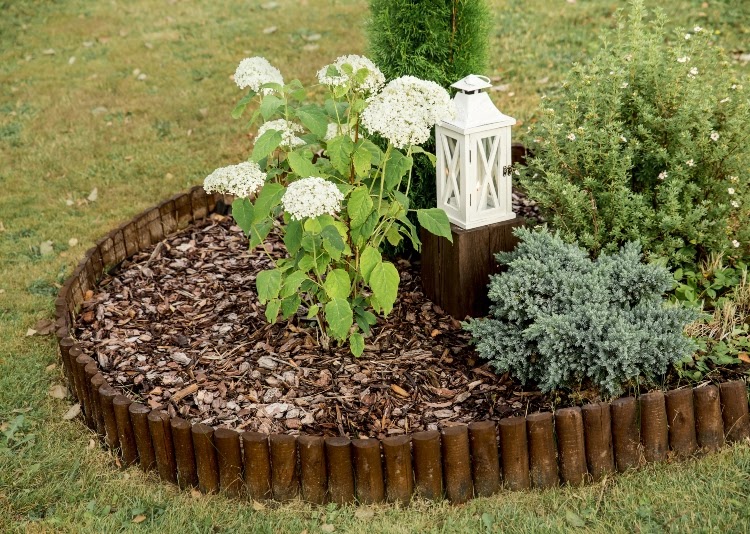
Boost the look of your in-ground flower beds by installing a wooden border made of redwood, cypress, or cedar. Not only will this definition add neatness and beauty to the space, but edging with landscape timbers can also help prevent erosion and keep invasive plants and weeds out.
You may also choose to stack landscape timbers two to three levels high to build a retaining wall for your raised garden beds. This makes tending to your plants easier, as there’s less need for bending.
Note: If you’re looking to edge your vegetable garden, choose untreated wood instead, so there won’t be any chemicals potentially leaching into the soil.
Difficulty Level: Beginner. An edging project is great for beginners because it’s pretty easy and can be done in an afternoon. Start with level ground, mark the areas you want to border, dig a trench, and then lay the timbers.
Cost: Landscape timber and galvanized nails can run you $5 to $30, while you can get landscape fabric for about $20. If you need to purchase all tools necessary, including a level, saws, hammers, etc., expect to spend between $200 and $400.
2. Build an outdoor stairway
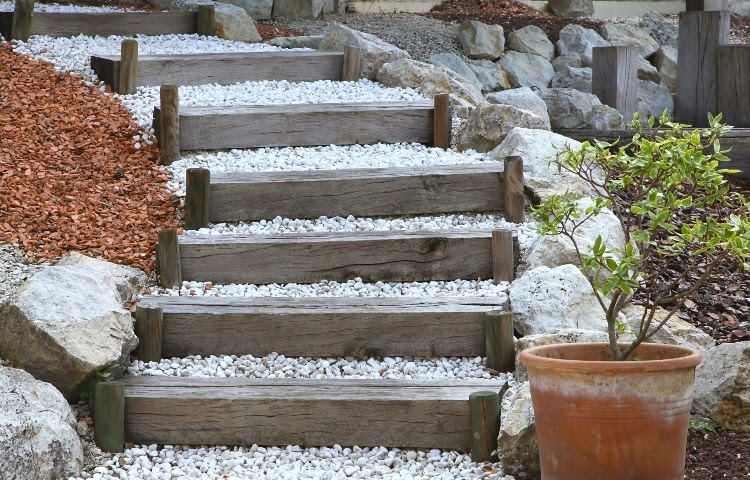
Whether you’re going for a rustic look leading into your backyard forest or you’d like a set of sleek, modern steps to welcome visitors to your front door, you can install landscape timbers to do the job.
A more common DIY timber project, though, is to build a wood and pea gravel staircase to act as a garden path. For this job, you’ll need pressure-treated wood posts, pea gravel, landscape fabric, and a rebar.
Difficulty Level: Intermediate. You’ll need to know how to excavate, grade the land area, cut timber to size, and build step frames with the timber.
Cost: Depending on the amount of landscape lumber and pea gravel you need, as well as if you need to purchase other materials and tools, plan to spend between $50 and $200-plus.
3. Erect the perfect fence
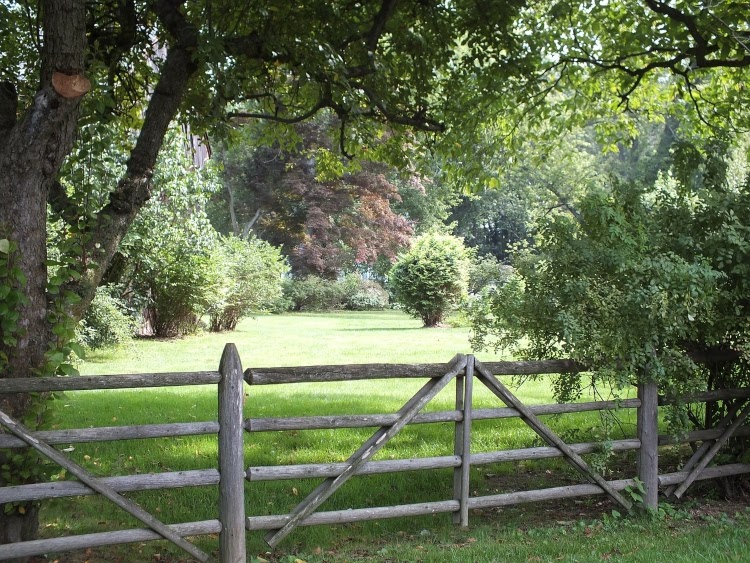
Not just for those fences you see marking national battlefield sites, landscape timber can also be used as modern fence posts and railings for your backyard.
Before installing this type of fence, make sure your soil isn’t too moist and that you’ve purchased timber appropriate for use below ground. This will help prevent wood rot. Setting the posts in concrete also can help prevent this. Consider fencing as a pool enclosure, too.
Difficulty Level: Intermediate to advanced. While it won’t act as an actual privacy fence, the easiest way to install fencing of any kind with landscape timber is by choosing the split-rail style. Opting to build a traditional 6-foot privacy fence can be a challenge if you’ve never done it before. You’ll need to examine the soil, choose the appropriate type of landscape timber, cut wood to size, and backfill post holes with concrete.
Cost: Price is determined by how many linear feet of lumber is needed to build your fence, but based on the average, plan to spend around $1,000.
4. Create an outdoor deck retreat
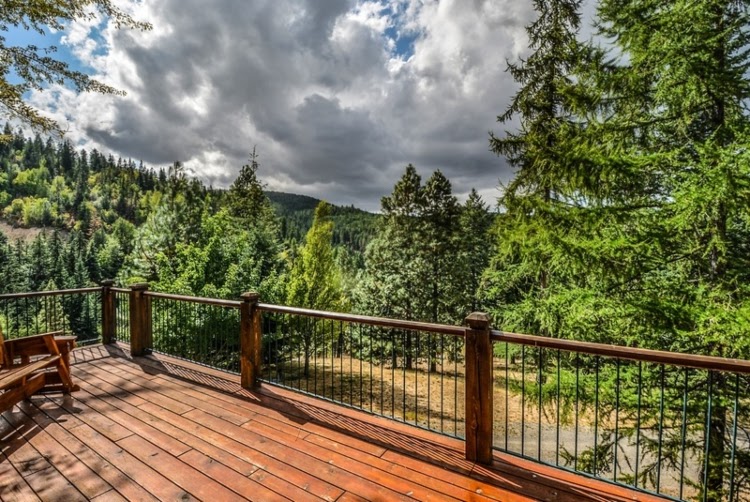
Extend your outdoor living space with a traditional deck connected to your home, or use your landscape timber to construct an island deck sanctuary. Located away from the house, your island deck can be built among a garden for even more of a retreat-type feel.
Difficulty Level: Beginner to advanced. Depending on how intricate (or not) your plans are will determine how difficult the project will be to pull off. If you’re a beginner, try your hand at building a freestanding deck like this one — all it took were landscape timbers, a drill, decking screws, a hammer, a level, and a few hours.
Cost: You can build the simple island deck discussed above for less than $250.
5. Design a treehouse or fort
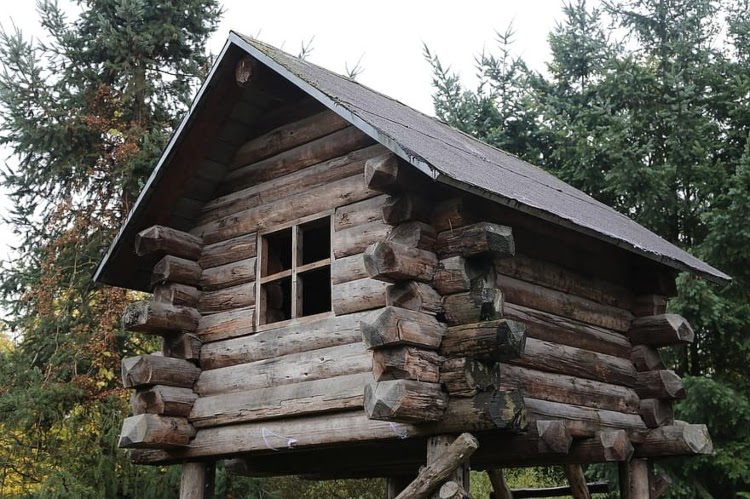
Give kids extra outdoor living space, as well, by using landscaping timber to build a treehouse or a ground-based fort. Not only will this provide hours and hours of open-air fun, but it also will stir up imaginations and creativity, which is essential for your children’s overall development.
To ensure durability, opt for pre-treated, natural wood, such as cypress or cedar, which can last up to seven years. Or, for a chemical-free solution, choose synthetic timber.
Difficulty Level: Advanced. Like you would when building any type of house, you’ll need to draw up some plans, build a foundation/platform (on your chosen tree if building a treehouse), put in the floors, and then, construct the frame — including walls with windows and a door and a roof.
Cost: On average, tree houses can cost anywhere from $2,000 to $17,000. The pricing depends on how elaborate you want the house to be. However, with a little creativity, you can build a tree house for as low as $400 like this dad did.
6. Throw a pergola into the mix
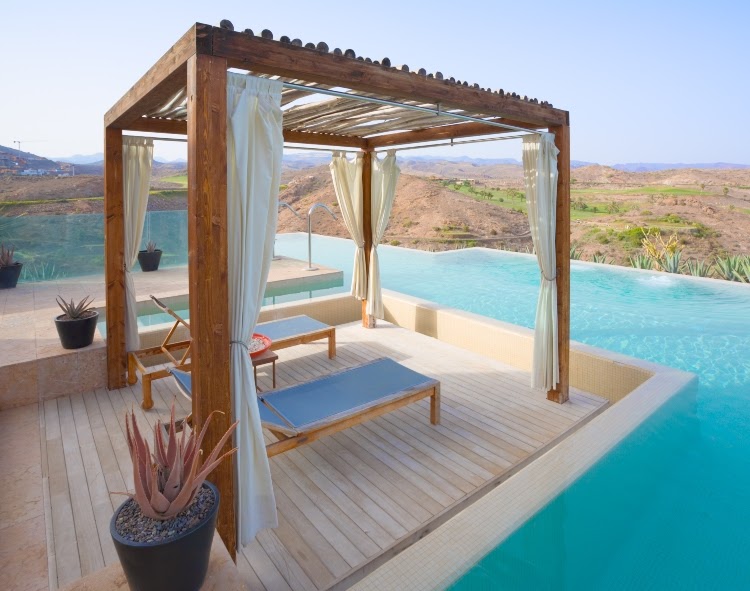
As an add-on for your deck, patio, pool area, or front porch, consider building a pergola. These wooden structures anchor a space, tying each element together. Pergolas also provide shade, privacy, texture, and a spot for vertical gardening.
Difficulty Level: Beginner. Building a pergola is a great DIY choice for newbies because there are so many pergola kits to choose from. Kits come ready-to-assemble — no lumber cutting, sanding, or staining necessary.
Cost: The price of pergola kits can range from $400 to $2,000.
7. Start a vertical garden
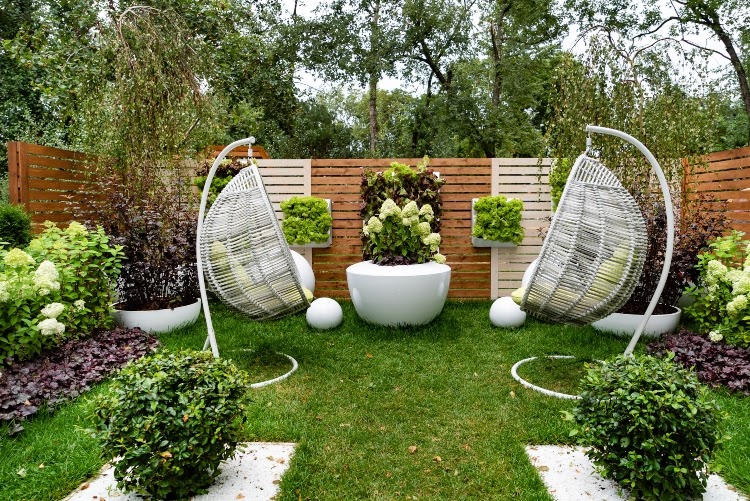
Besides a pergola, you can also install a garden wall made of landscape timber boards, stained or painted for a modern or rustic touch. A statement piece on its own, this wall can also serve as the backdrop to a trellis (which can also be made from the timber), where climbing plants can be trained to grow.
Difficulty Level: Intermediate. To build a garden wall, you’ll follow the same steps you would to construct a wooden retaining wall, except this wall will be taller. The good thing about landscape timbers is that their flat tops and bottoms make them easy to stack, so you’ll just need to reinforce them with a rebar and center supports, as well as connecting them with decking screws to keep the planks in place.
Cost: Expect to pay between $1,000 and $3,000 for this type of project.
8. Construct a she shed

Even if your home doesn’t have extra bedroom or basement space, you can still get the solo time you crave with a she shed (or a man cave). Since landscape timber has flat tops and bottoms, they’re easy to stack, making a quaint log cabin look a very doable style option.
No matter the aesthetic vibe you choose, your she shed can be an office, garden center, craft room, or just the perfect spot to find respite from a super busy household.
Difficulty Level: Intermediate to advanced. You’ll need to build a concrete foundation on level land before beginning the actual shed build. After that, you can either head to your local hardware store to pick up the landscape timber needed; or, you can buy a kit and have everything you need ready to go.
Cost: On average, new construction of a she shed can run you close to $6,000. However, there are cheaper options as low as $1,200 and more elaborate versions built by contractors that can cost more than $30,000.
9. Build a bridge over water features
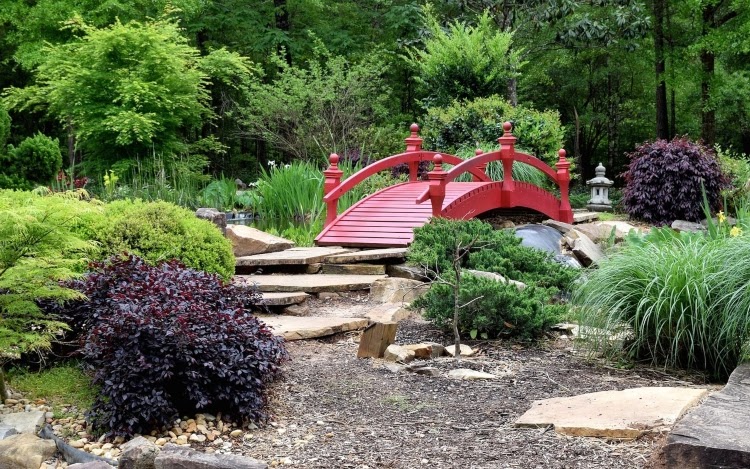
Whether natural or constructed, a small creek or pond can bring tranquility to any part of your yard. Rather than merely letting it exist in your landscape, step things up a notch and cultivate a rock garden around it, finishing it off with a bridge accent made of landscape timber.
Experts suggest using redwood or cedar for all parts of this project, including the flooring, beams, rails, and posts.
Difficulty Level: Intermediate. For someone with prior experience building things, this timber project won’t be too hard to carry out. You’ll need to be able to construct the shape of the bridge, build and install the beams, put in the decking, and apply the sealant to finish your bridge.
Cost: The wood can cost you around $300, but if you also need to purchase a lot of the other tools and materials, such as various saws, wood glue, concrete, screws, and a sander, you could end up paying $1,000 or more.
Landscape Timbers: Other Things to Know
What type of landscaping timbers are there to choose from?
There are three types of landscaping timbers you can purchase:
Pre-treated natural wood. Pre-treated options help ensure the wood will last up to seven years without needing to be replaced; however, since chemicals are often used to preserve this wood, only use untreated timber for edible gardens.
Untreated natural wood. This is the best option for edging and building retaining walls around edible garden beds. Untreated wood contains zero chemicals, so there’s no risk of anything harmful leaching into the soil.
Synthetic. Made from recycled plastic, synthetic landscape timber is eco-friendly, low-maintenance, and the least expensive of all the types. What’s more, since it’s not actually made of wood at all, it will last years longer than even pre-treated timber. Synthetic selections can withstand weather conditions, won’t succumb to rot, and will never have problems with termites or other wood-boring insects.
Whether treated or untreated, the most popular type of wood used for these timbers include:
- Redwood
- Cypress
- Cedar
- Southern yellow pine
Can railroad ties be used in place of landscaping timber?
Railroad ties are super sturdy, so it’s no wonder you may have considered using them for your raised beds, tree houses, or garden walls. But, what makes them so resistant to weather conditions, rot, and weight? Creosote oil. Made from wood tar and coal, creosote can be poisonous to people and is not approved for residential use.
On the other hand, pressure-treated landscape timbers are most often coated in some form of copper or chromium. These elements slow down the decaying process of wood and also help with pest control, such as termite prevention.
When to Call in the Professionals
When edging or building a planter, raised garden bed, stairway, or pergola from a kit, DIY-ing it shouldn’t be a problem. But, if you want to take on a larger, more difficult job, such as erecting a privacy fence or constructing a treehouse or she shed, calling in the pros can alleviate a lot of stress.
A landscape architect can come out to your property and help choose a location, design blueprints, and select materials. Then, you can either attempt to follow those blueprints on your own, or hire a contractor to do the work for you.
